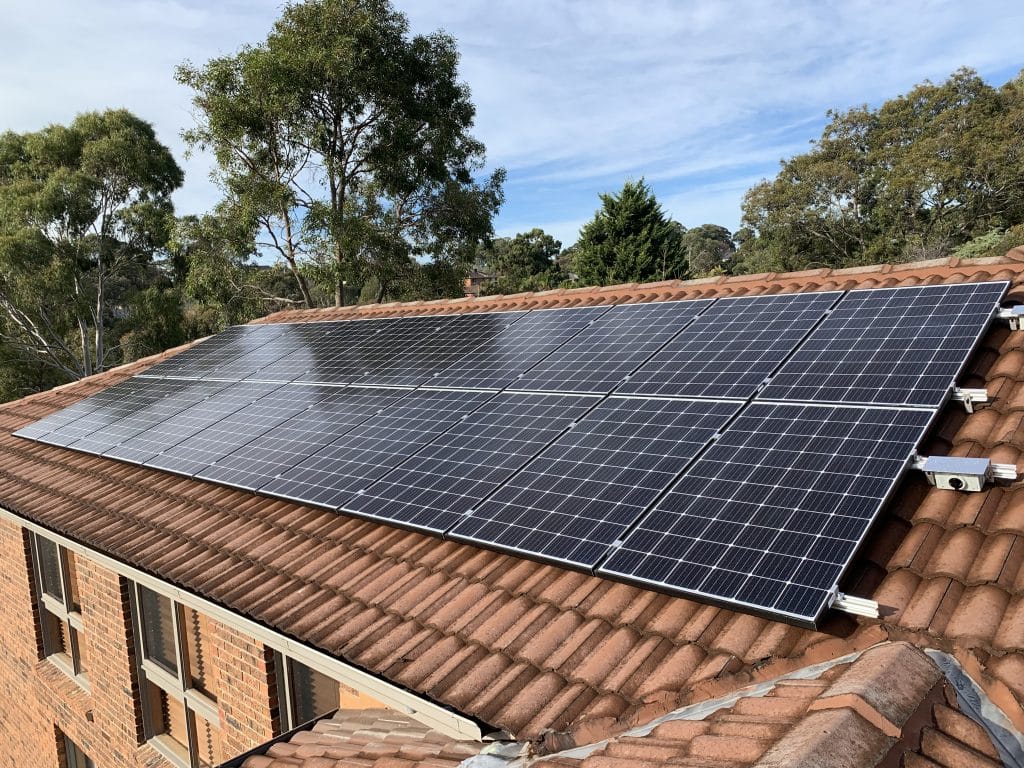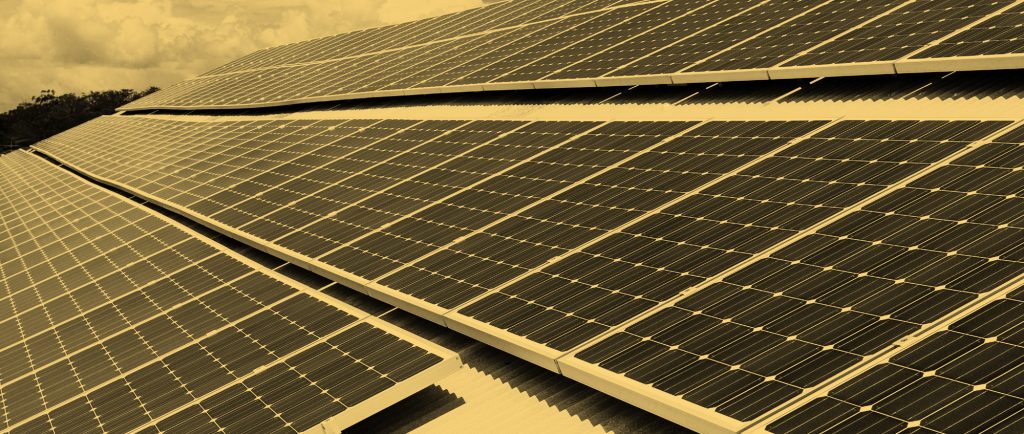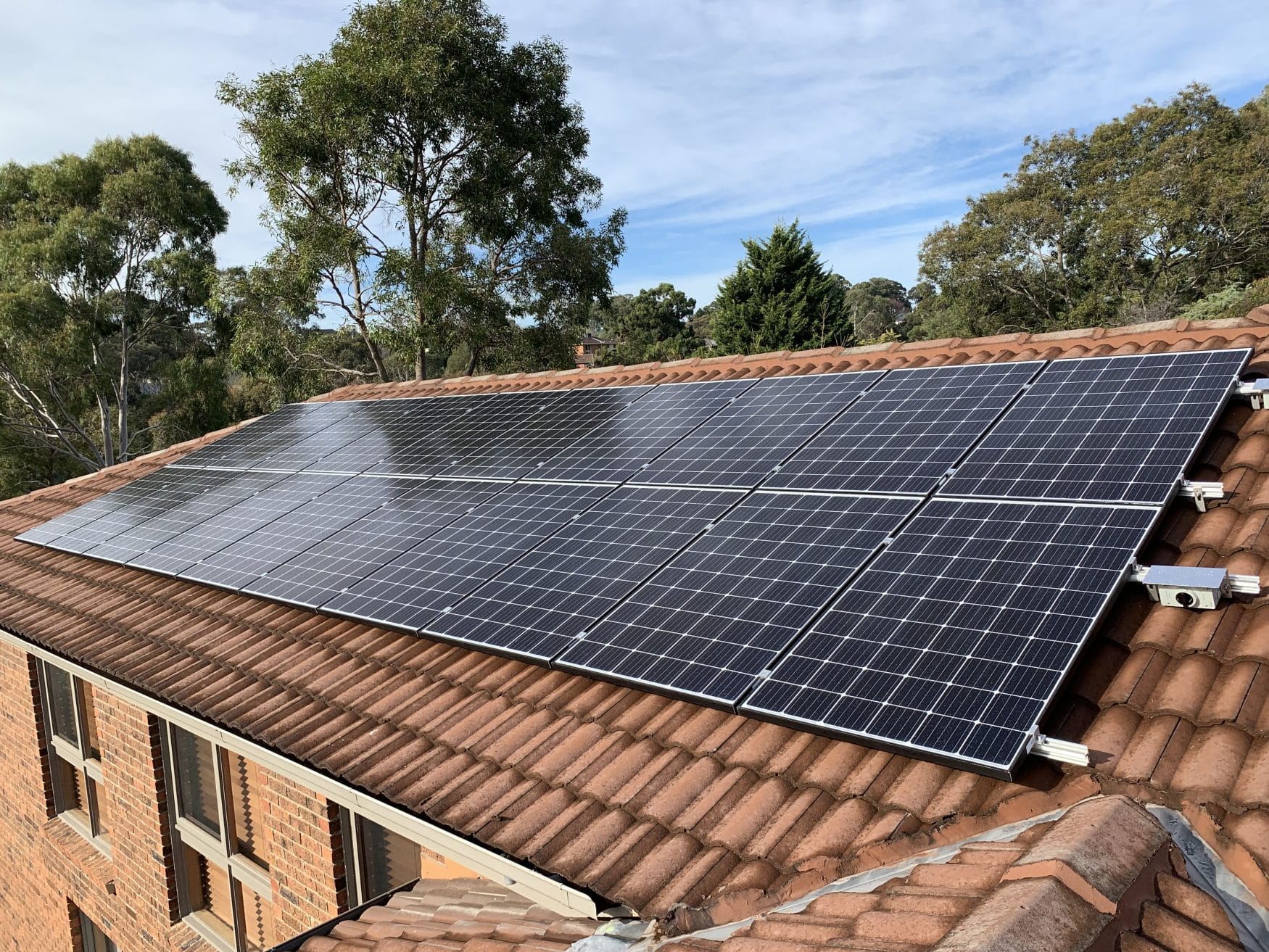
As individuals have looked for solutions to lessen their impact on the environment and fight global warming, renewable energy sources have risen in popularity.
Wind and solar power are two of the most widely used renewable energy sources currently accessible.
Both are highly advantageous in terms of lowering the use of fossil fuels and increasing sustainability.
However, the question of which renewable energy source is superior still stands. In this article, we’ll compare and contrast wind and solar power to help you choose the best option for your needs.
Solar Power Vs. Wind Energy
Two of the most well-known examples of renewable energy are solar and wind power. Each has its advantages, but while they both help the environment and cut down on fossil fuel use, they are not identical.
Capturing the sun’s rays with solar panels and the wind’s kinetic energy with turbines are the two primary methods of renewable energy generation.
Because solar energy is not subject to the whims of the wind, its output is more consistent and predictable.
But in places where winds are strong, wind energy can be more productive, and turbines can produce more power than solar panels.
Ultimately, considerations such as location and energy requirements will determine whether or not a user opts for solar power or wind energy.
Wind Energy
To generate wind energy, the sun’s rays warm the Earth’s uneven surface, causing the air to rise and fall. The wind is a sort of kinetic energy created when there is a change in air pressure.
When using kinetic energy, turbines are employed to create electrical power.
The kinetic energy stored in the blades’ rotation is transformed into mechanical force as wind flows around the turbine. The energy is used to run pumps, mill grain, and generate electricity for homes, companies, schools, or even power plants.
In contrast to several other energy sources, the wind is plentiful, non-depleting, and renewable.
Wind turbines harness the kinetic energy of the wind and transform it into usable electricity in locations worldwide.
According to the estimation of the World Wind Energy Council, by 2030, wind energy might account for 20% of global electricity generation.
The current rate is 4%. In addition to lowering annual CO2 emissions by almost 3.3 billion tonnes, this output might provide an additional 2.4 million employment.
Pros
- It’s a readily available and sustainable supply.
- It is a sustainable fuel option.
- Economically viable
- The size and price of turbines are increasing.
- Wind turbines can be added to preexisting farms.
- Both on-shore (on the land) and offshore (in the water) locations are suitable for constructing wind farms (i.e. out in the ocean)
Cons
- Often the areas with the most wind are inaccessible places, distant from population centres and the power grid.
- As the wind is a variable resource, it is essential that electricity generated by wind turbines be capable of being stored for later use.
Solar Energy
What we call “solar energy” is the sun’s rays that make it to Earth. Inside solar panels are photovoltaic (PV) cells that generate electricity when exposed to sunlight. Also, PV cells produce energy for use in homes, businesses, and central power plants.
Green And Clean Energy
When compared to fossil fuels, the most widely used renewable energy sources are wind and solar electricity. They are a major factor in reducing our use of fossil fuels.
To harness the power of the sun and wind, we utilise solar panels and turbines, respectively.
These two energy sources are limitless and have negligible ecological effects. Air pollution is also reduced thanks to these two energy options.
Power from sustainable sources like wind and solar helps keep our planet green and pollution-free. It could boost businesses and infrastructure in the area by providing new employment opportunities.
Its minimal running costs mean it might provide electricity to areas previously unreachable. Solar panels & wind turbines are effective, but they are costly to produce, install, and maintain.
Most individuals can now afford it because of government subsidies.
Yet, costs must continue to decrease before green energy can successfully sway the public to transition.
The long-term viability of renewable energy sources is the main barrier to their widespread use. To successfully transition away from fossil fuels, a feasible, low-cost means of storing power must be developed.
Wind and solar energy each have their benefits. So which renewable power option is preferable?
Solar Energy Has Many Advantages:
- The energy output from solar panels is more stable than wind power. Large-scale solar farms are capable of producing vast amounts of electricity.
- Once the contractor has determined the solar system & needs, panel installation is simple.
- When compared to wind generators, solar panels are more flexible in terms of where they may be placed. Panels are versatile, as they may be set up virtually anywhere, whether on the ground or on a roof.
- Whereas wind turbines can be quite noisy, solar panels produce virtually none.
- A better choice for suburban regions.
- Suitable for home use more than commercial.
The Benefits Of Wind Turbines
- The wind can generate power even when the sun isn’t out, making it a viable alternative to solar energy.
- The amount of energy converted by residential wind turbines is equivalent to that of conventional methods.
- Because wind turbines produce less carbon dioxide, they are inherently more environmentally friendly. Compared to solar panels, which emit 70 grams of CO2 per kilowatt-hour (kWh), wind turbines only generate 4.64 grams per kWh.
- Compared to solar panels, wind power generates more energy at a lower cost.
- Depending on the typical wind velocity, a wind farm can generate enough electricity for large-scale industrial use.
What Exactly Is A Hybrid?
Think of a renewable energy system that combines solar and wind photovoltaic panels as an energising dish. An existing diesel generator set-up can be given a hybrid makeover by adding a storage system.
Whilst solar and wind power are plentiful in Australia, they are both vulnerable to fluctuations in the weather and environment that make them inadequate for meeting peak demand.
The heaviest winds hit Australia in winter and spring, and the sunniest months are summer and fall.
The wind picks up in the afternoon and stays strong through the night and morning when the sun takes over.
So, solar and wind energy could mutually supplement one another.

System reliability & grid stability both benefit from a solar PV-wind hybrid collaboration.
Less reliance on a single power source allows for smaller battery storage sizes.
Economically and environmentally, hybrid systems outperform their wind and solar counterparts.
Co-locating solar and wind farms has its advantages as well.
This allows for the utilisation of preexisting infrastructure, including computer networks, transportation routes, and telephone networks.
The expense of grid integration, site development, and permits is reduced.
Hybrid systems, on the other hand, might present challenges in terms of design, optimisation, and operation control.
When placed near one another, solar photovoltaic panels and wind turbines can generate as much as twice as much electricity as either system functioning alone.
Figure 2 provides an example of this.
South Australia’s Snowtown wind-solar complex combines two farms to better meet daily demand by harnessing the complementary characteristics of wind energy (with just an evening peak) and renewable power (with a daytime peak).
Which One Is Better?
Both solar power and wind energy are useful and reliable renewable energy sources, making it difficult to determine which is superior. Since solar panels may be mounted on rooftops or in relatively small places, they are a great choice for use in residential or urban settings that receive a lot of sunlight. Solar panels have a long life and require little upkeep.
Wind power, on the other hand, is most successful in regions where there is a steady supply of high winds, such as in rural areas or open spaces.
Although wind turbines can outperform solar panels in terms of electricity production, they also have the potential to be noisy and unsightly eyesores.
In comparison to wind energy, solar power’s initial investment costs have decreased and it’s become more cost-effective in recent years.
Ultimately, specific energy requirements, geography, and available resources will play a role in choosing between solar power and wind energy.
Both forms of renewable energy have essential roles to play in the war against climate change and offer several benefits.
In order to meet energy demands while reducing any potential negative effects on the environment, a hybrid approach may be the best option.
How effectively solar panels and wind turbines transform solar energy into usable power is a key metric for evaluating their performance.
Solar panels for homes are only effective at converting roughly 22% of the sun’s energy into electricity at best.
In contrast, wind turbines may convert as much as 60 per cent of the wind energy they collect into useful electrical energy.
Although solar power is significantly simpler to implement, its efficiency pales in comparison to that of wind power.
Which Is The Least Expensive?
The price of renewable energy sources like solar and wind has dropped dramatically in recent years.
Yet, solar power has become more affordable as a result of its rapid decline in price.
As solar panel technology has improved and competition in the market has heated up, the price at which these panels may be installed has plummeted.
Solar panels can save money in the long run because they require almost little upkeep.
The initial investment in wind turbines is often larger than that of solar panels, but in locations with high wind speeds, wind energy can be a cost-effective alternative.
In addition, the mechanical components of wind turbines increase the frequency and extent of maintenance, which can increase overall expenses over time.
The final price tag for either solar or wind power will be determined by a number of variables like geographical location, energy demand, and available resources.
On the other hand, solar electricity is currently the cheaper of the two.
An average home with six occupants would need about 24 solar panels, considering daily electricity use, average sunlight received, & individual panel production.
Most solar panels cost between $11,000 – $15,000. It may generate between 6,000 and 10,000 kWh annually. Factors such as these can greatly affect the final price of an installation. 4.6 cents per kilowatt-hour is the price.
A wind turbine’s ability to generate electricity for a home depends on factors such as the house’s size and energy needs, as well as the local average wind speed over a year.
A six-person home can be powered by a 5 kW wind turbine. It’s the same amount of power as 24 solar panels. The price to set up a wind turbine is between $50,000 to $70,000. It all depends on the turbine’s height, diameter, and the tools employed.
Which Renewable Energy Is The Most Effective?
Many considerations, such as geographic location, resource availability, and individual energy demands, make it challenging to choose the most efficient renewable energy source.
The fact that solar panels may be set up on rooftops and other limited real estate makes them an attractive option for urban residences and enterprises.
Furthermore, solar panels have a long lifespan and require little upkeep, making them a sustainable energy option.
In places where winds are constant and powerful, wind energy has become an attractive alternative.
Wind turbines are a viable option for large-scale energy projects due to their ability to produce massive amounts of electricity.
Some locations may find wind turbines less acceptable due to the noise they produce and the way they alter the landscape’s aesthetic.
Depending on the available resources and demand for electricity in a given area, additional renewable energy sources including hydropower, geothermal, and biomass may be useful.
Meeting the world’s energy needs while limiting the negative effects of human activities on the environment may need a combination of different renewable energy sources.
Amounting between 8,000 to 12,000 kWh annually, it will do so at the cost of about 20.3 cents for each kWh. Hence, solar energy is more cost-effective than wind energy.
For maximum efficiency, a homeowner should use a combination of these two renewable energy sources. Only in rural areas with plenty of space would it be practical.
The installation cost of solar panels is lower than that of other renewable energy sources, and they require very little upkeep once they are up and running.
The impact of wind will be felt on a massive scale. Using renewable energy sources has a positive effect on the environment and helps to lower energy prices.
Growing solar and wind power at their present rate could put them on equal footing with traditional energy producers.

Wind and solar power are two of the most widely used renewable energy sources because of their potential to lessen our reliance on fossil fuels and increase our ability to live sustainably.
However, solar and wind power are not interchangeable, and a user’s decision will depend on a variety of factors such as geographic proximity and energy requirements.
Wind energy has the potential to account for 20% of global electricity generation by 2030 due to its abundance, non-depletion, and renewable nature, reducing annual CO2 emissions by almost 3.3 billion tonnes while also creating an additional 2.4 million jobs.
Wind and solar power have quickly risen to the top of the renewable energy heap due to their infinite availability and low environmental impact.
A wind farm can be built on land or in water, and it is possible to add wind turbines to already existing farms.
Having solar and wind farms in the same location has many advantages, including making use of already-existing infrastructure and reducing expenses associated with grid integration, site development, and permits.
The combined output of a hybrid system can be double that of its component parts. It’s difficult to choose between solar and wind power as renewable energy sources because they are both beneficial and reliable.
Solar panels are reliable and low-maintenance, but sometimes wind turbines generate more electricity.
The cost of solar power, both in the long run and for the initial investment, has gone down and become more competitive in recent years.
Solar panels are a promising renewable energy option for urban homes and businesses, but choosing the best source can be a challenge in itself.
Due to their durability and low upkeep requirements, solar panels qualify as renewable energy sources.
Due to their ability to produce large amounts of electricity, wind turbines can be seriously considered for use in very large-scale power generation projects.
Depending on the accessibility of resources and the need for electricity, additional renewable energy sources like hydropower, geothermal power, and biomass may prove useful.
Solar panels are more practical and low-maintenance than other renewable energy sources.
The lower cost of producing energy from wind is beneficial to the environment and the economy. Expanding at their current rates, solar and wind power could soon compete with traditional power plants.
